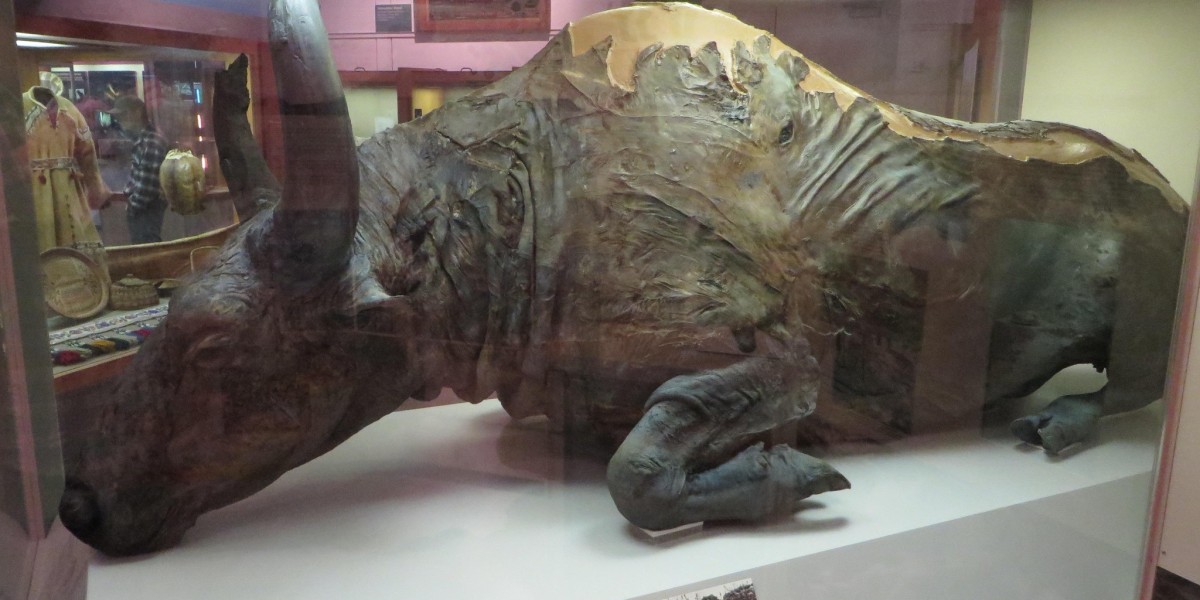Introduction: In the rugged landscapes north of Fairbanks, Alaska, a remarkable discovery unfolded in 1979 that would take archaeology to the dinner table. Gold miners stumbled upon the mummified remains of a steppe bison, now famously known as Blue Babe, offering a unique glimpse into the Ice Age. What followed was an extraordinary celebration, blending paleontology with gastronomy, as a group of adventurous souls decided to savor a piece of history.
The Encounter: Blue Babe's story takes a thrilling turn as claw and tooth marks on its rear unveil a dramatic encounter with an extinct Ice Age predator—the North American lion. This formidable cat, 25% larger than its modern counterpart, successfully took down the bison, feasting on its ribs and upper limbs. Nature's freezing embrace, however, preserved the carcass, thwarting scavengers from completing their feast.
The Culinary Expedition: Fast forward to 1984, where a group of paleontologists, led by the intrepid taxidermist Eirik Granqvist, decided to mark the culmination of their work with a truly unique celebration. Professor R Dale Guthrie, a zoology luminary from the University of Alaska, recounts the event with vivid detail in his writing.
The Feast: "To climax and celebrate Granqvist's work with Blue Babe, we had a bison stew dinner..." Guthrie writes. The group, including Bjorn Kurten, engaged in a culinary escapade by cooking and consuming part of Blue Babe's neck muscle. Despite being well-aged and slightly tough, the meat contributed a distinct Pleistocene aroma to the stew, reminiscent of the ancient era.
The Palate Experience: Guthrie describes the flavor as delicious, with none of the diners suffering any ill effects. The meat from Blue Babe's abdomen had spoiled before freezing, but the neck area yielded small, well-preserved pieces attached to the skull. Thawing these pieces released an unmistakable beef aroma, tinged with the earthy notes of the Alaskan terrain and a hint of mushroom—a sensory journey through time.
Conclusion: The Blue Babe dinner in 1984 stands as a testament to the adventurous spirit of those who explore the mysteries of our past. Beyond the scientific revelations, this culinary experience allowed a select group to savor the flavors of an ancient epoch, bridging the gap between the Ice Age and modern-day taste buds. Blue Babe's legacy extends beyond the realm of paleontology, leaving us with a tale that tantalizes both the intellect and the palate.








